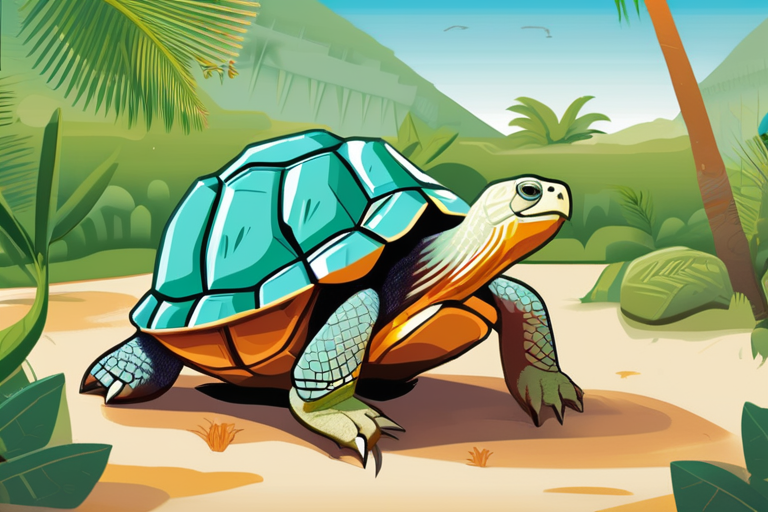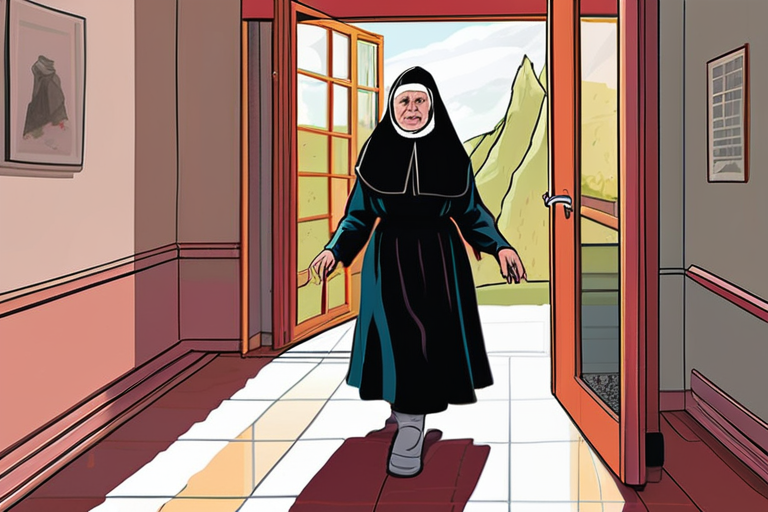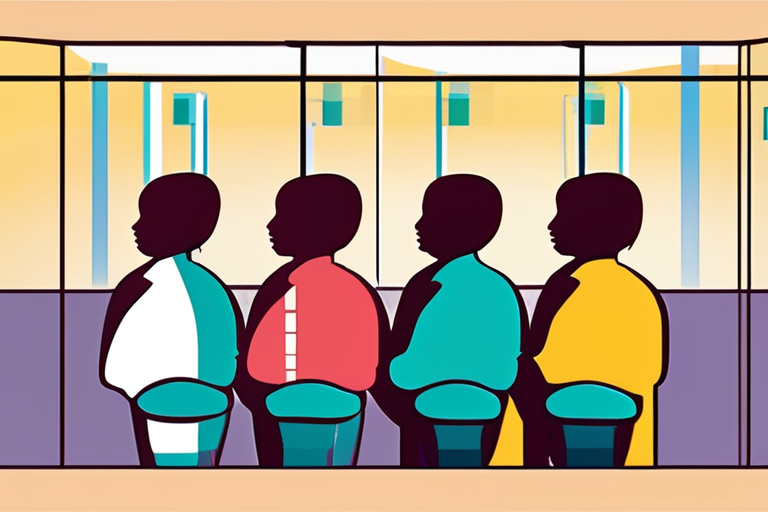"Tortoise Miracles: First Hatched in Seychelles After Groundbreaking Incubation"


Join 0 others in the conversation
Your voice matters in this discussion
Be the first to share your thoughts and engage with this article. Your perspective matters!
Discover articles from our community

 Hoppi
Hoppi

 Hoppi
Hoppi

 Hoppi
Hoppi

 Hoppi
Hoppi

 Hoppi
Hoppi


Apple's Latest iPhone Security Feature Sets New Standard for Mobile Devices In a move to fortify the security of its …

Hoppi

BREAKING NEWS Gaza Residents Flood Streets as Israel-Hamas Ceasefire Plan Unveiled Khan Younis, Gaza Strip - October 9, 2025 - …

Hoppi

Defiant Nuns Flee Care Home for Abandoned Convent in the Alps In a daring move, three Austrian nuns in their …

Hoppi

Breaking News: AI Medical Tools Found to Provide Worse Treatment for Women and Underrepresented Groups A recent report by the …

Hoppi

Brennan Lee Mulligan Conquers the World of Dungeons and Dragons In a historic moment for the world of tabletop gaming, …

Hoppi

Breaking News: Hollywood Mourns the Loss of Diane Keaton Diane Keaton, Academy Award-winning actress and beloved icon, passed away on …
hoppi